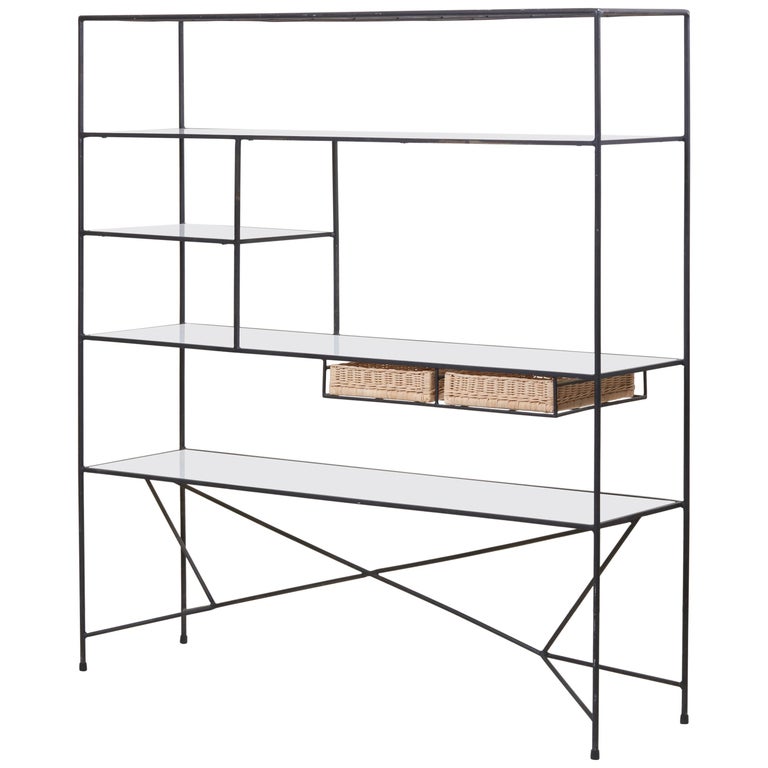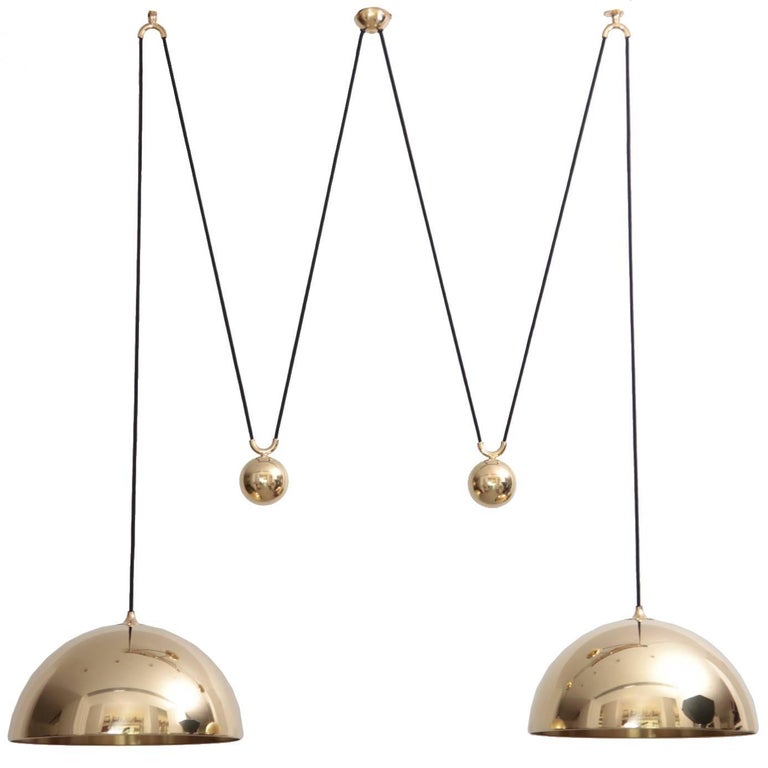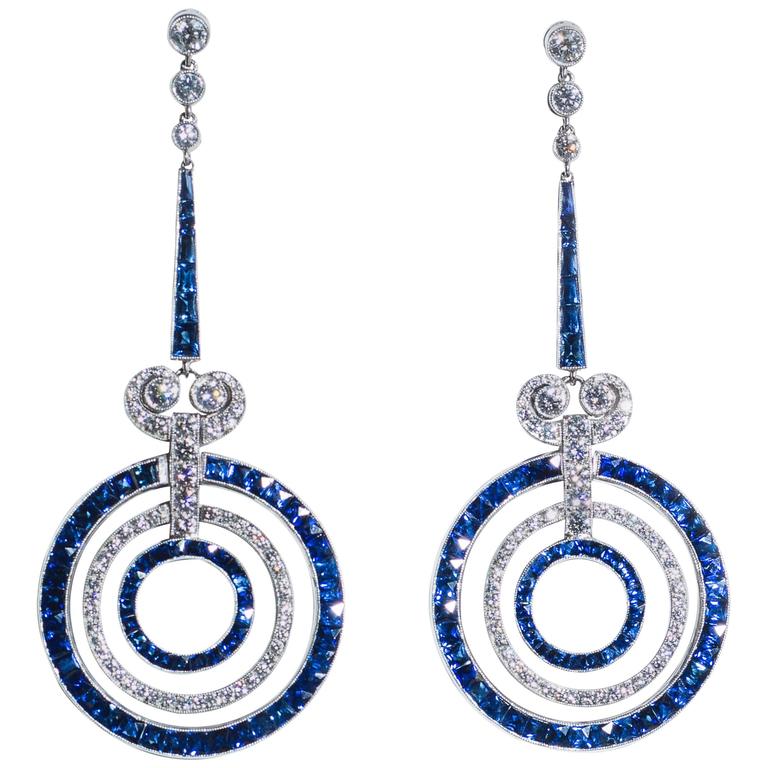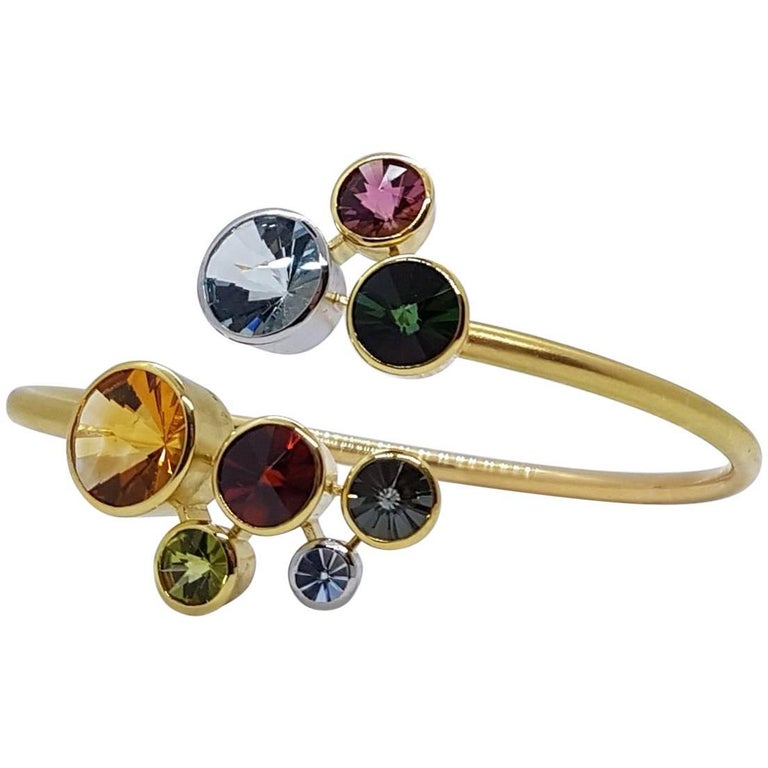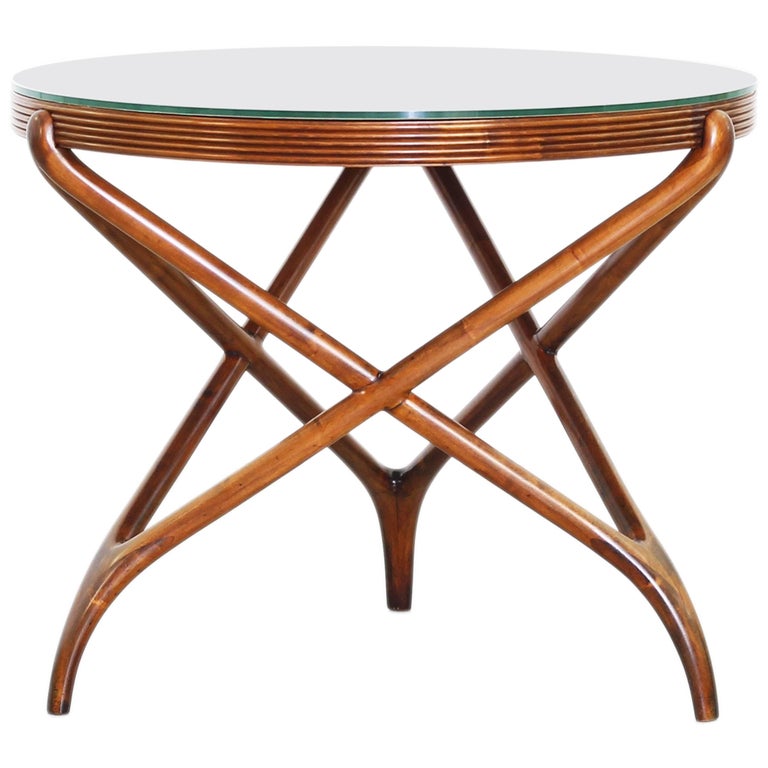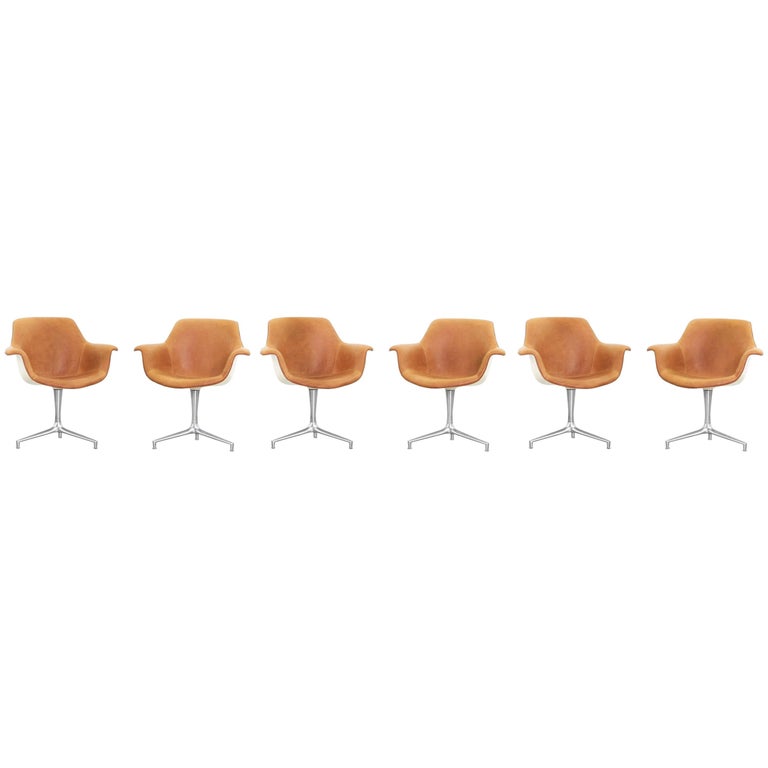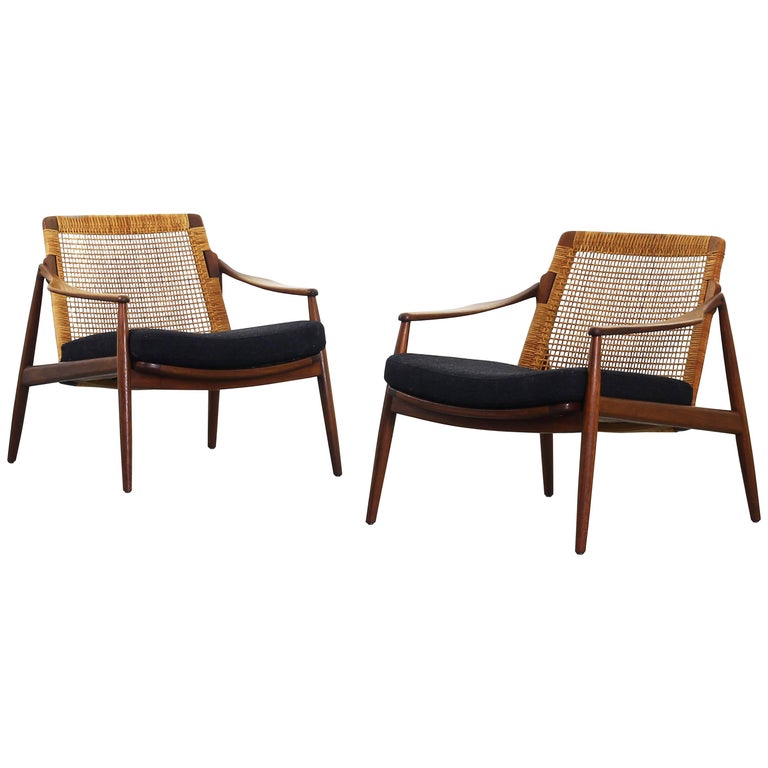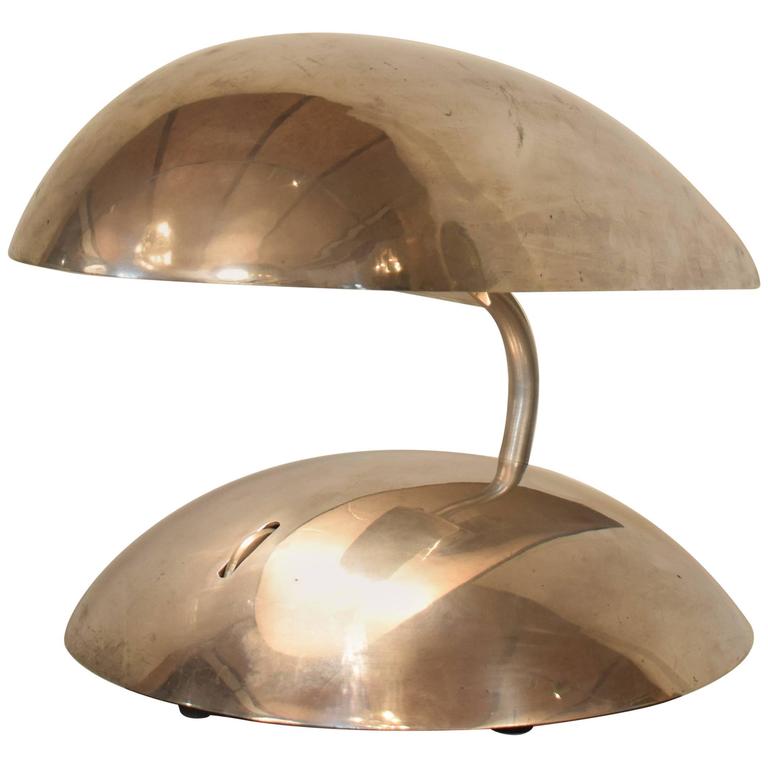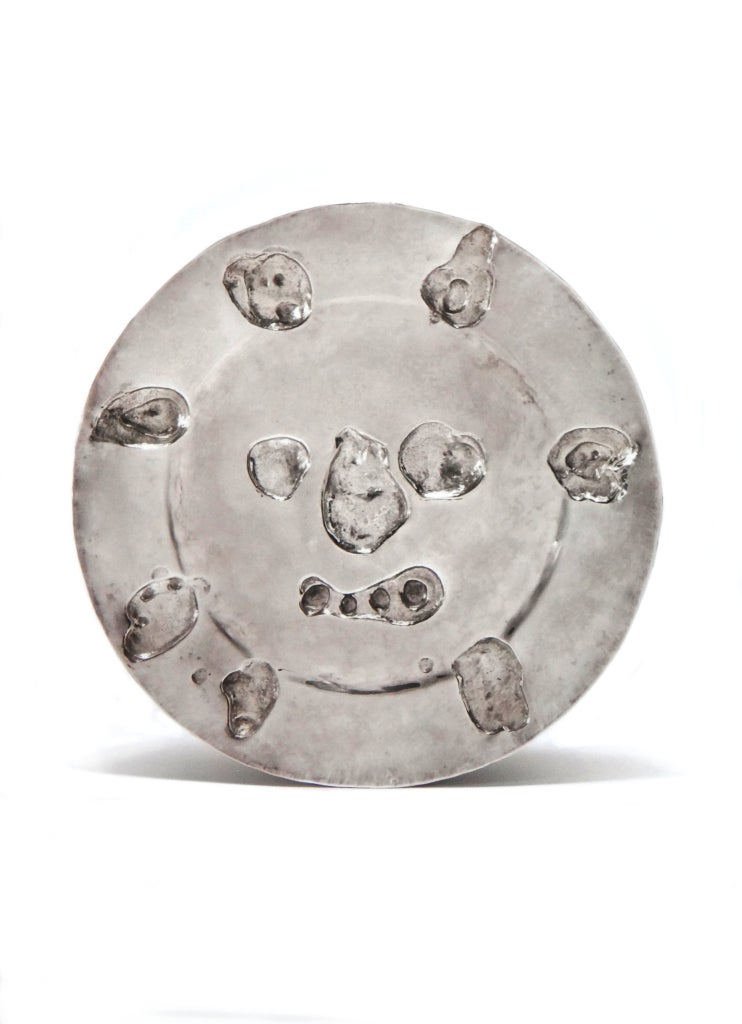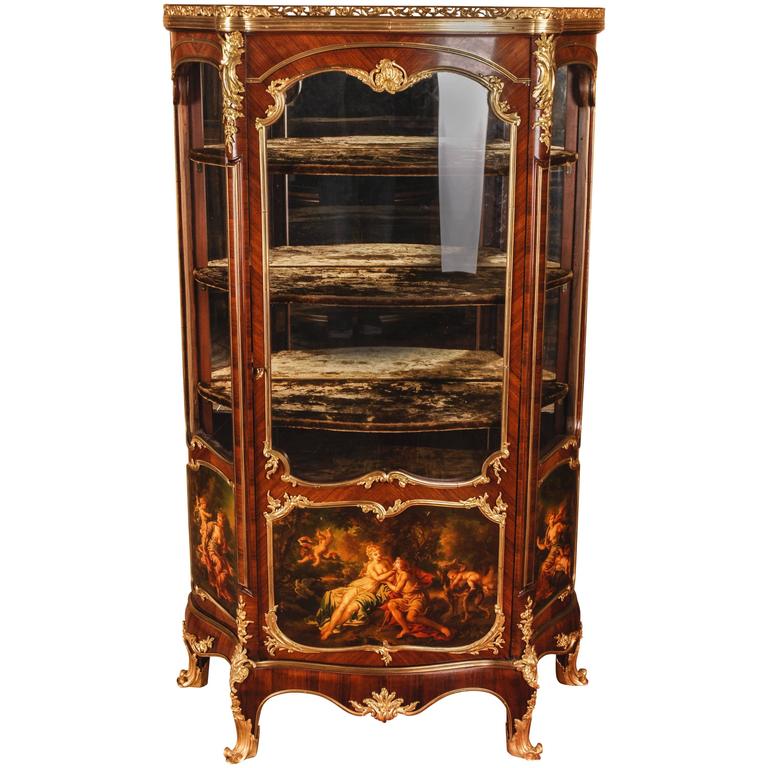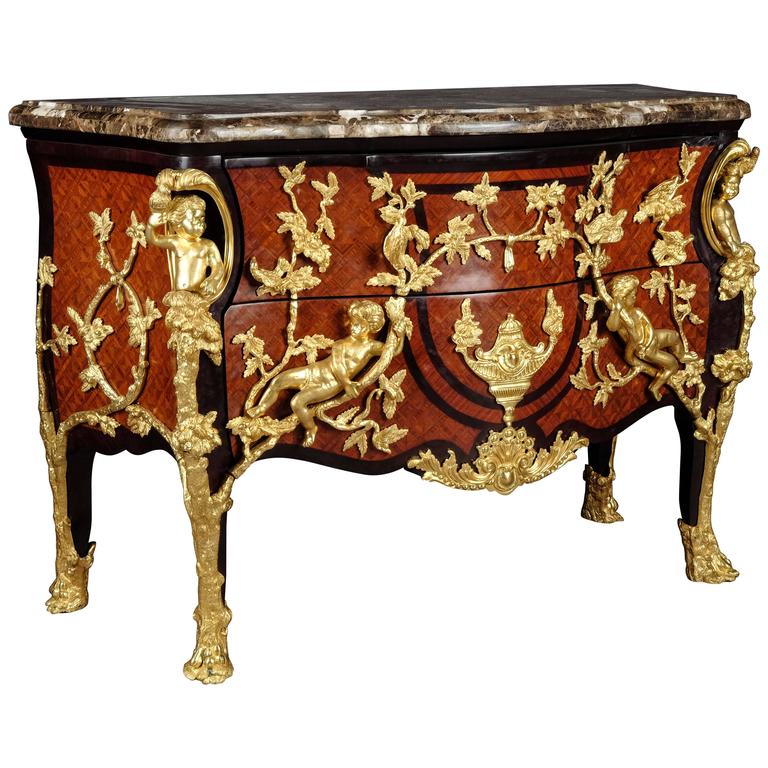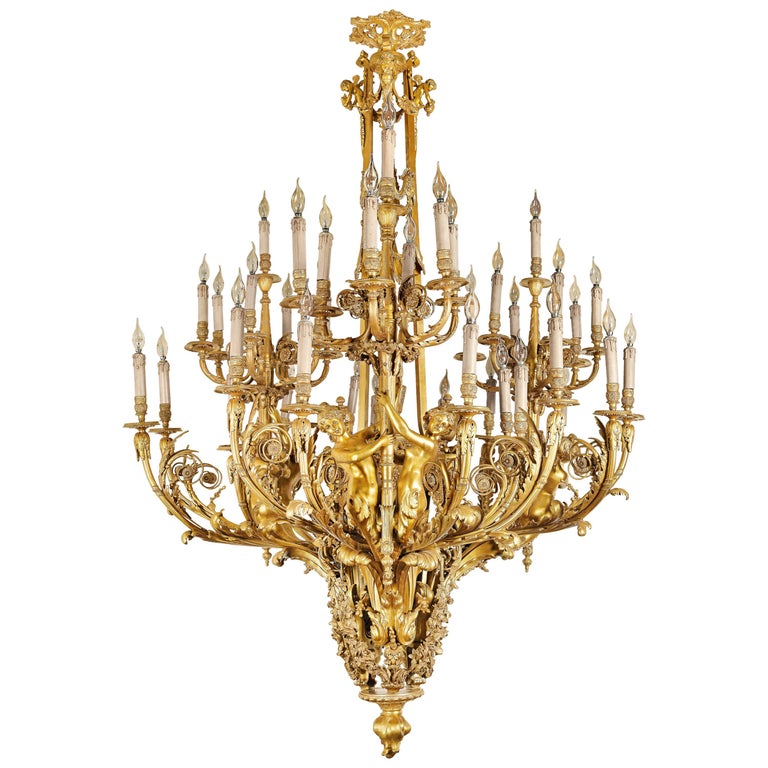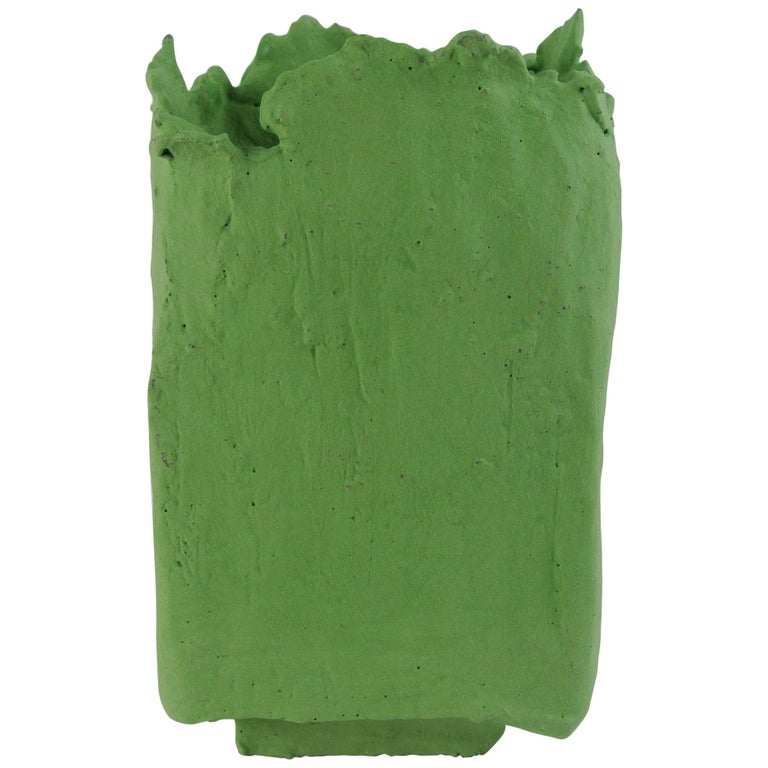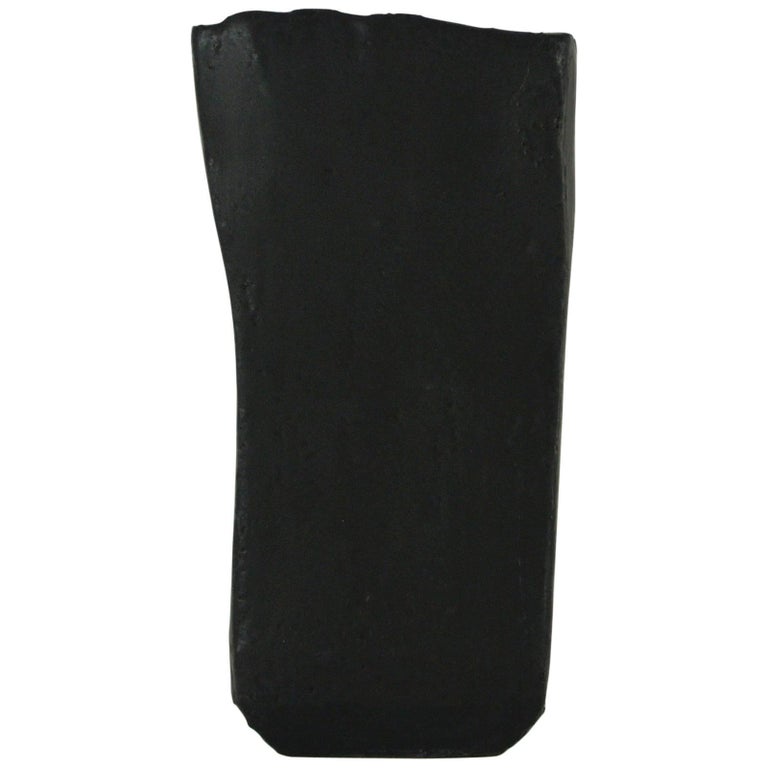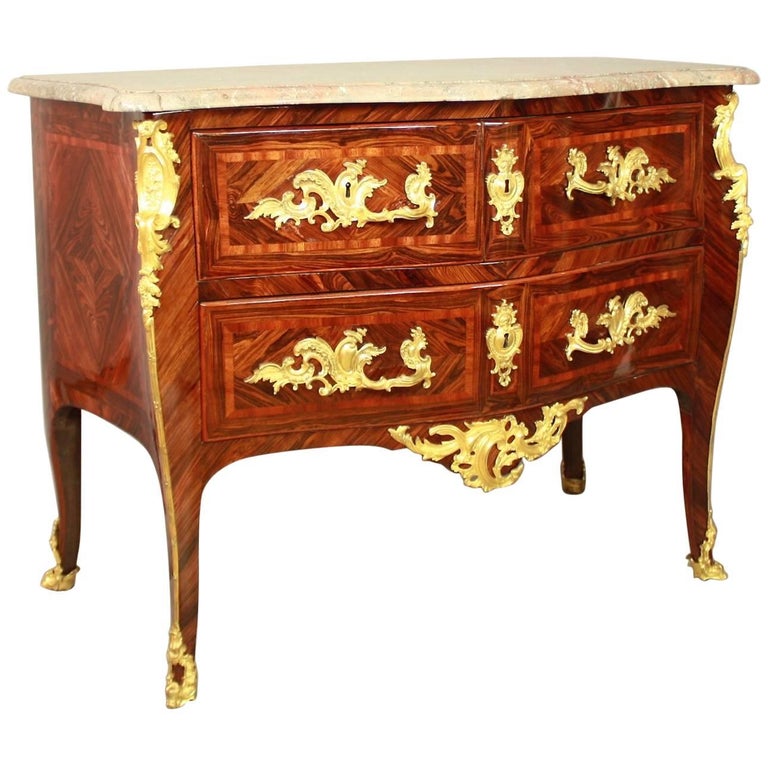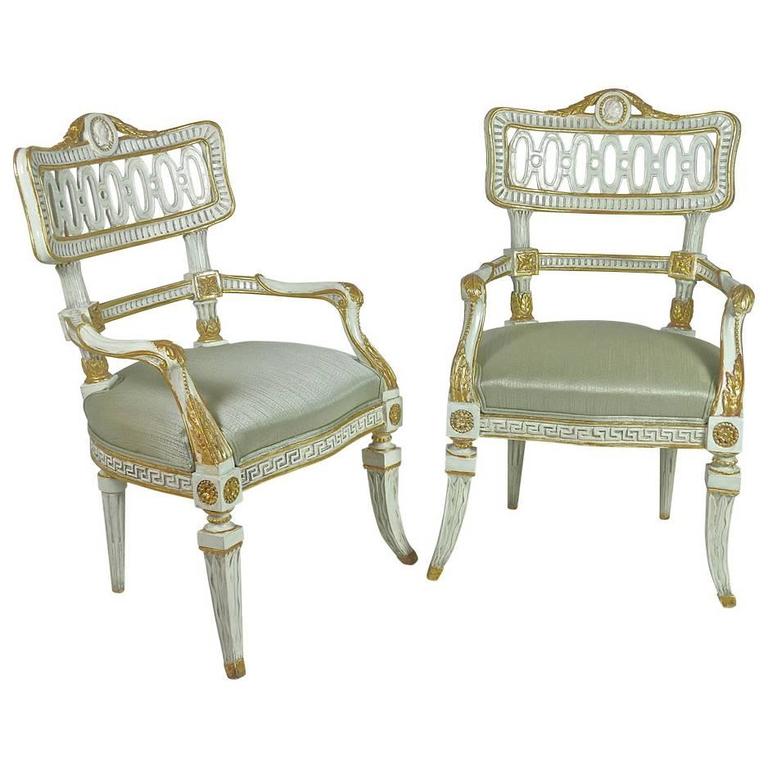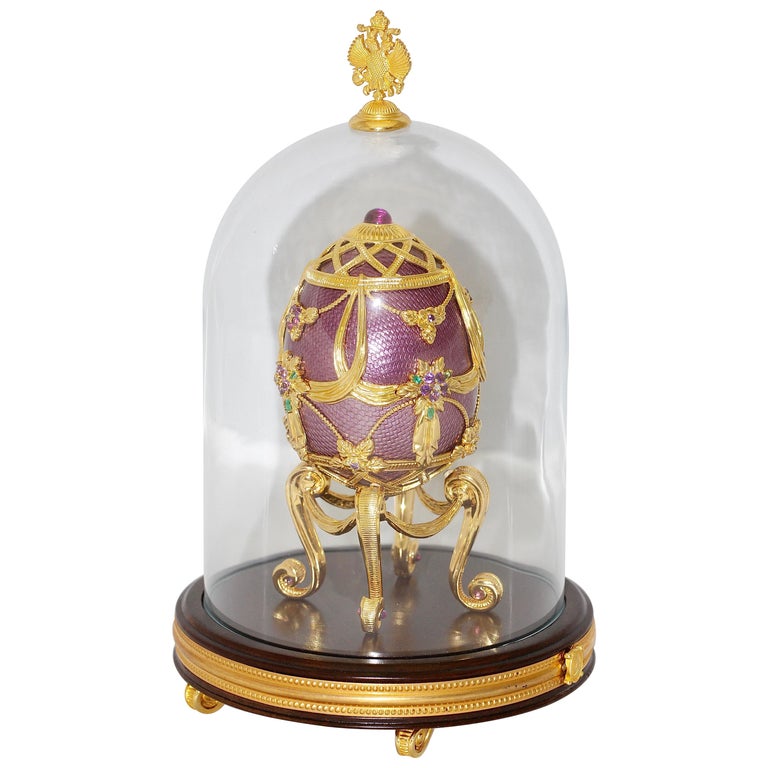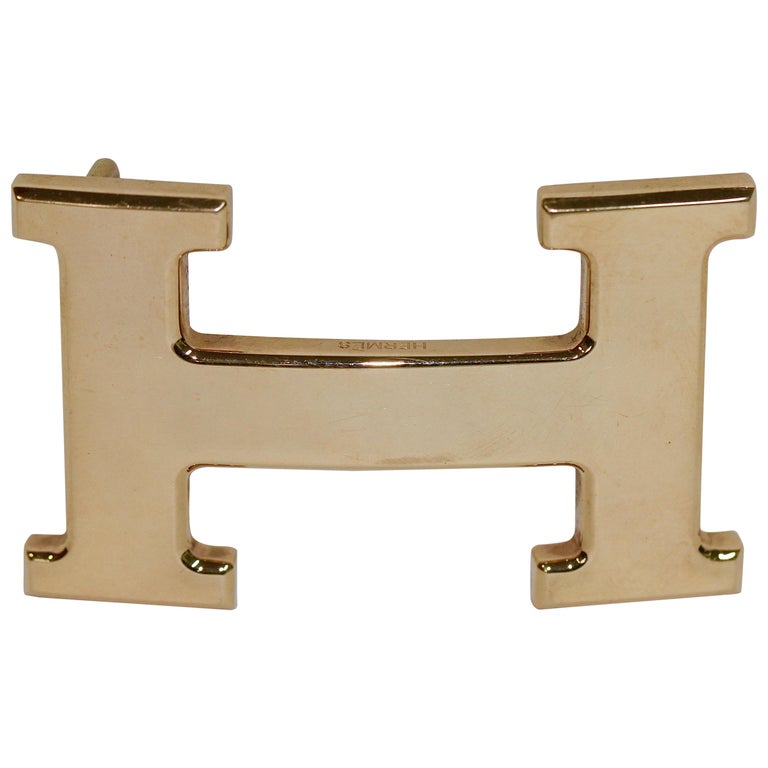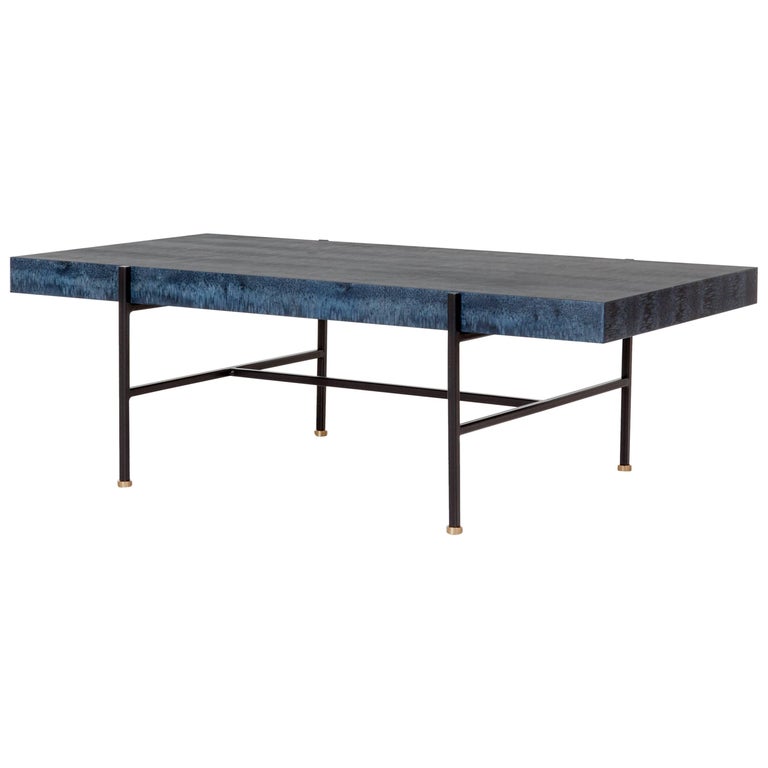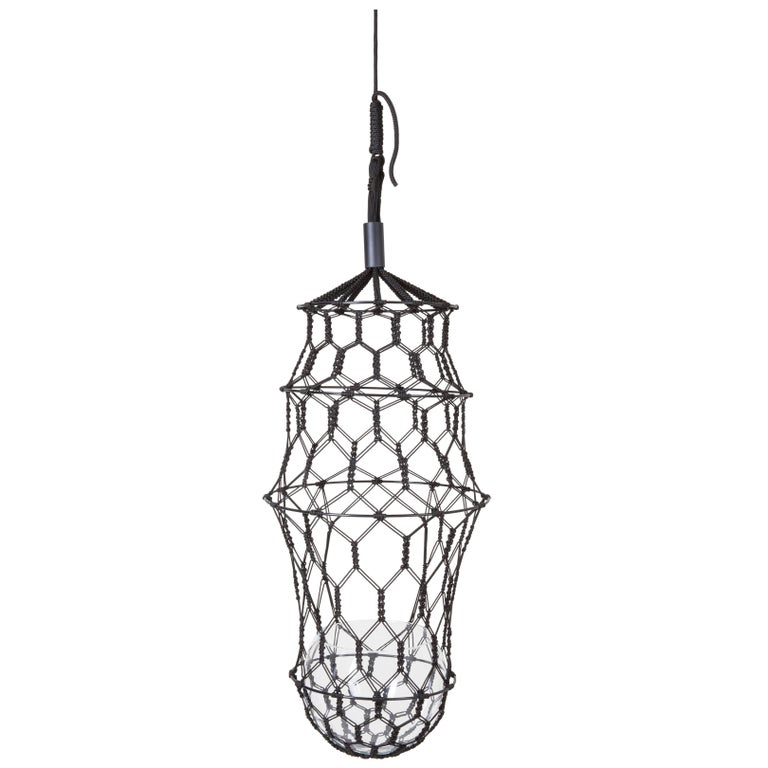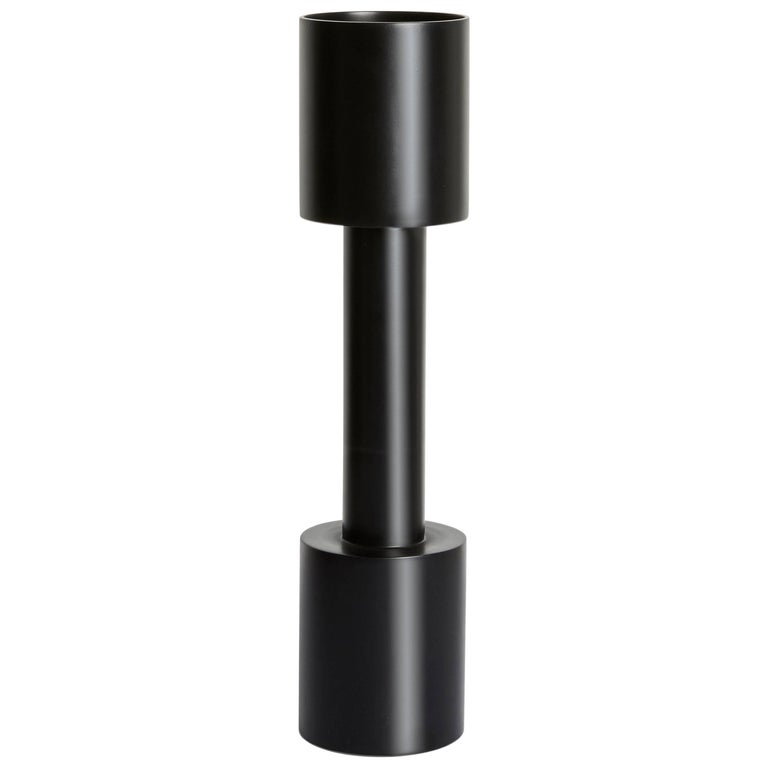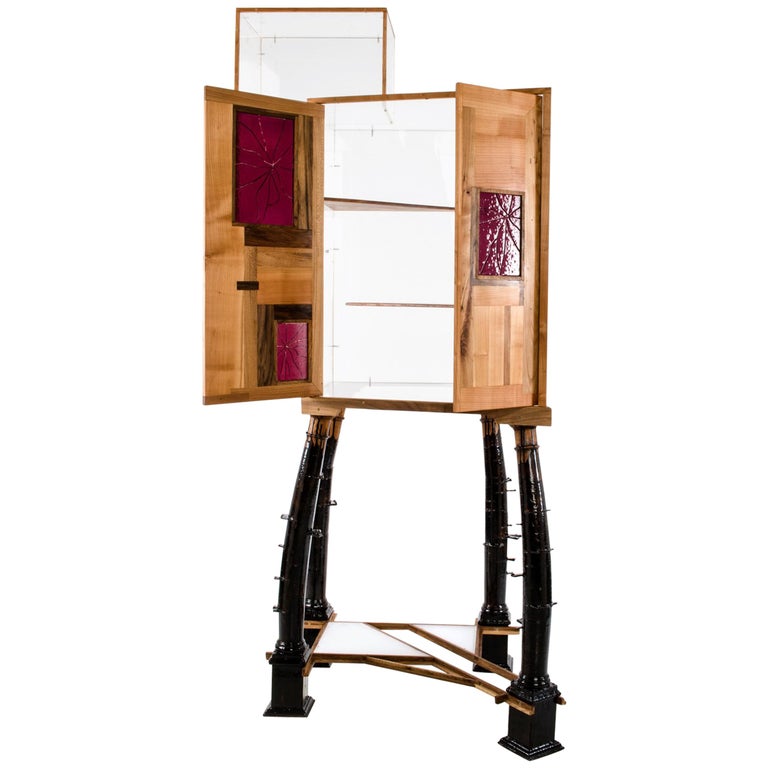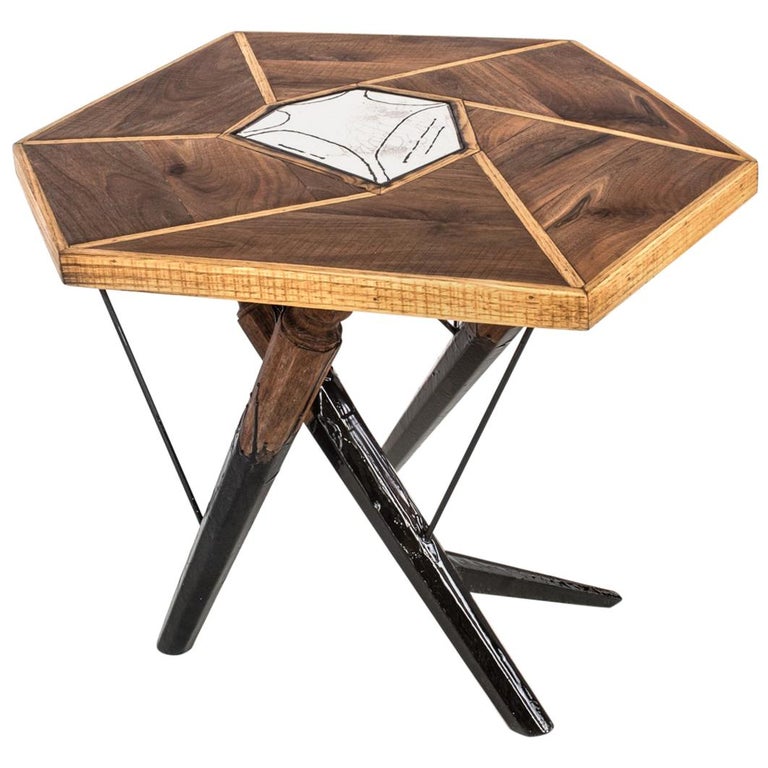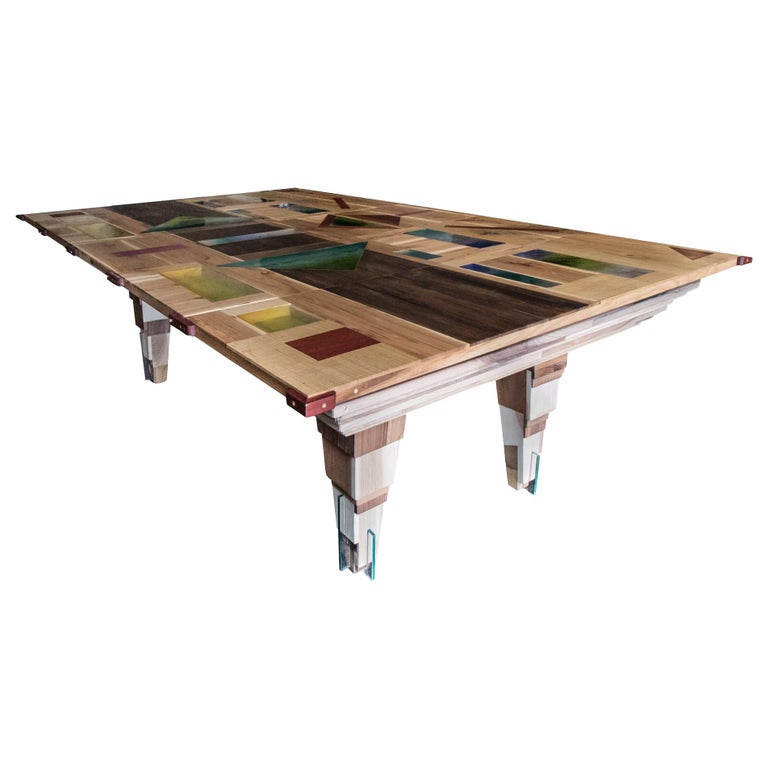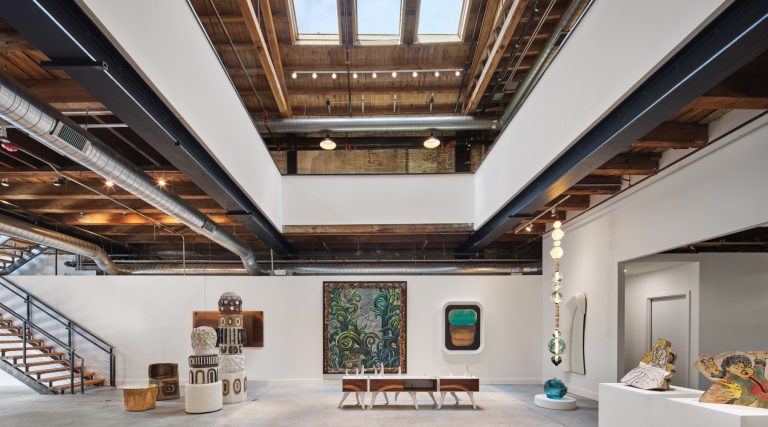January 6, 2019The creative energy in Berlin is palpable. When the wall came down, nearly 30 years ago, the city’s new freedom led to a remarkable outpouring of innovation and ingenuity. Today, the ever-evolving German capital is recognized as one of the world’s great cultural centers. Designers, artists and dealers in antique and vintage furniture have opened studios and set up shop here — and they’re attracting discerning collectors from around the world.
Throughout the city these days, you’ll find galleries that specialize in mid-century modern wonders alongside restorers of pieces from the 18th through the 20th century. There are longstanding family businesses offering exquisite estate jewelry and fine antique furnishings, as well as newly arrived abstract-art experts and upstart contemporary designers exploring the most avant-garde materials. Here, we visit some dealers and makers who represent the full range of creativity on display in Berlin right now — all of whom can also be found on 1stdibs.
Original in Berlin

Photo courtesy of Original in Berlin
Owner Lars Triesch’s history as a collector goes back to 1998, when he turned 18 and became the proud owner of a 1956 Chevy Bel Air. But it wasn’t until 2010 that he set up Original in Berlin on the historic Karl-Marx-Allee — close to Alexanderplatz in Friedrichshain, in what was once East Berlin — to share with others his love for mid-century modern.
Stocking rare pieces by Giò Ponti and Charlotte Perriand as well as American classics like Daniel Wenger’s Lotus lounge chair from the 1970s, Triesch prides himself on his in-house upholstery and carpentry specialists and his extensive and diverse inventory. “I usually go with my taste,” he says, explaining his buying strategy, “and that’s always changing.” He also owns the appointment-only Lomomomo, which deals in his most glittering and glamorous acquisitions, such as a Hollywood Regency–style spiraling chandelier in Murano glass.
Wagner Preziosen

Photo courtesy of Wagner Preziosen
It is fitting that Clemens Ritter von Wagner set up his fine-jewelry boutique near Berlin’s Ku’damm. The famous shopping street is known for luxury brands like Cartier, whose boutiques in Stuttgart, Hamburg, Vienna and Palm Beach he ran for 12 years before establishing his own showroom here, in 2013. “At Cartier, I had the chance to develop my skills in historic jewels,” says von Wagner, “but my main focus was high jewelry.” Wagner Preziosen rests on three pillars: antique jewels, avant-garde makers and von Wagner’s own designs. “All the pieces that I choose for my store are of exceptional quality. The stones are handpicked by the best cutters in Idar-Oberstein [a small town in western Germany with a tradition of stone cutting dating back to the 17th-century] and mostly untreated,” he explains. “The craftsmanship is done by the best ateliers, and the historic pieces are often linked to the big brands or known previous owners.” Of his own designs, he says, “They are not royal in looks, per se, but of outstanding quality, with a more casual touch.”
Galerie Bachmann

Photo courtesy of Galerie Bachmann
“My father was a dealer of antiques and art, so I grew up with a lot of old furniture, sculptures and paintings, and I got a great glimpse into the world of beautiful things,” says Andreas Bachmann, who founded Galerie Bachmann eight years ago in Frankfurt, when he was just 23, and moved it to Berlin this year. “I was very interested in these items and their stories from the age of five, and I learned a lot about restoration and selling.” Bachmann studied industrial design in college and today deals mainly in Scandinavian classics from the 1930s through the ’60s. “In school, I read a lot about design, aesthetics and proportions. I continue to be really fascinated by these great objects and designers.” Beyond the Nordic pieces, he offers a range of Italian, French and American furniture, and together with his business partner, Fritz Grospietsch, he recently launched Kenko, a line of high-end, minimalist home-fitness equipment. From dumbbells in walnut to a pair of push-up bars in maple and brass, these items will also soon be sold on 1stdibs.
Felix Bachmann

Photo courtesy of Felix Bachmann
In 2011, Felix Bachmann (no relation to Galerie Bachmann’s Andreas, above) set up his eponymous Berlin antiques shop specializing in the restoration and sale of a diverse array of furniture and decorative objects. “I don’t stick to one epoch or style,” says Bachmann. “There is a variety, from the eighteenth century to the nineteen eighties. I just buy what I love.” Starting at age 18, Bachmann spent four years apprenticing with a local antiques dealer and restorer in his hometown of Ulm, gaining experience both in conservation and on the sales floor. He went on to study furniture conservation and restoration more formally at West Dean College, in Sussex, England, whose program he had heard about during his apprenticeship. “The goal with each project I undertake is to keep as much as possible of the original piece,” he says. “And if there is nothing usable left, then I endeavor to build something up that comes close to the original.”
Art 1900

Das graue Zimmer (Gray Room), 1955, by Walter Wellenstein
Visual and sound artist Claudia Fauth founded Art 1900 in 1981, purveying early-20th-century jewelry and fine art. “We have a wide variety of first-class items bought around the world — the best of the best,” says Fauth. “This means you can find here a ten-carat diamond Cartier ring as well as a unique cabinet by Josef Maria Olbrich made for the Duke of Hesse or a Wassily Kandinsky watercolor.” Her own work, including the abstract painting series “Matrix in Creation” and “Minor Fall, the Major Lift,” is represented in collections in Europe, Mexico and the U.S. and was shown at the 2015 Venice Biennale in an exhibition at the Arsenale.
Miri Antiques & Interior

Photo courtesy of Miri Antiques & Interior
Founded in 1981, third-generation family business Miri Antiques & Interior is unique in Germany for its vast, 10,000-square-foot sales space and its inventory’s range of styles and eras. The shop specializes in “European furniture, particularly classic French and German pieces of the eighteenth, nineteenth and twentieth centuries,” says owner Mohammad Miri. “It is important to us that the objects we select be characteristically appealing, decorative and exclusive.” In addition to selling antiques, Miri also reproduces classical furniture, working with master craftsmen in Egypt and Lebanon, which have a history of building European furniture.
Christine Roland

Photo courtesy of Christine Roland
“I came to Berlin to study design fifteen years ago and have since been inspired by this always-changing city,” says Danish designer-artist Christine Roland. “It is possible to live in an inward-focused and creative way while simultaneously exploring the urban and dynamic character of Berlin.” Working in porcelain and stoneware but without using a wheel or traditional molds, she makes vessels, plates and other objects that have the appearance of lava stone. She forms each piece by “stretching the material beyond its boundaries,” she explains, “embracing the mistakes and imperfections that can be part of this process.” What other makers might see as errors, she incorporates into the design of the object. “The aesthetic component of my work is deeply rooted in my Nordic heritage,” she continues, “and the ancient and modern Scandinavian approach to creating objects. There’s a direct simplicity and respect for the material.”
Jakob F. Müller Antiquitäten

Photo courtesy of Jakob F. Müller
Dealer Jakob F. Müller finds the pieces that fill his nearly 1,300-square-foot West Berlin, Ku’damm-adjacent gallery more by serendipity and happenstance than by specific searching. “We might have started to look for Louis XVI tables,” he explains, “but we come home with a wonderful pair of Louis XV bergères.” However he gets them, his antiques — mainly French furniture and decorative art from the 18th and 19th centuries — are always exquisite. He collects with what he calls “much love and enthusiasm” during his monthly trips to France, looking “for pieces that have a certain je ne sais quoi” in addition to “authenticity, high quality and beauty.”
Fine Art & Jewelry

Pieces from Fine Art & Jewelry, clockwise from left: a Rolex Cellini 6622 watch; a cameo brooch, ca. 1870; and Cartier Trinity diamond hoop earrings
Located in Berlin’s Westend, Fine Art & Jewelry is focused on the acquisition and sale of exceptional jewelry and luxurious timepieces. “With nearly a thousand square feet, we offer, almost nationwide, one of the largest selections of exquisite treasures,” says Reduan Mere, whose father founded this family business more than 30 years ago. It also deals in Oriental rugs, European porcelain, fine art and antiques from the 17th through the 20th century, including oil paintings of all eras and styles. “Experience and a trained eye allow us to make a discerning selection,” Mere says, explaining how his gallery manages to combine breadth of scope with fine quality.
Llot Llov

Llot Llov gallery
Ania Bauer and Jacob Brinck founded their studio in Berlin’s Neukölln neighborhood in 2006 with a mission to explore the intersection of functionality and emotion in contemporary design. Llot Llov, which also offers interior and event design services, derives its name from the German expression voll toll — used to express that you like something — spelled backward. “Llot Llov also sounds a bit like ‘lot of love’ when you say it,” explains Brinck. And, indeed, there’s lots to love here, owing in large part to the creativity with which the duo incorporate traditional craft into their work. The Ray light, for example, is encased in knitted cotton or merino wool, while the Lucille hanging plant holder combines blown glass and macramé with steel. Whatever the materials, their furniture, lighting and decorative objects are always playful, modern and inventive.
Hillsideout

Photo courtesy of Hillsideout
The Italian-German husband-and-wife duo Andrea Zambelli and Natascha Wilms combine restored antiques with more contemporary media, such as photographs printed on transparent film, epoxy resin and acrylic, to create narrative-inspired furniture — a pair of ladder-backed neoclassical chairs, for example, whose seats have been refit with a multicolored mosaic of Plexiglass. “We are interested in materials, forms and stories,” Zambelli says of the pair’s pieces, which include everything from lighting to consoles to billiard tables. “We love to embrace contrasts and complexity because we identify personally with them. Life is full of contradictions.” Before setting up their studio in Berlin in 2014, the two launched Hillsideout in Bologna, Italy, where Zambelli honed his skills as a furniture restorer and Wilms studied sculpture at the Academy of Fine Arts. “In the past few years, Berlin has been changing very quickly, and that’s one of the reasons we like to be here,” Wilms says. “You never know what comes next.”
